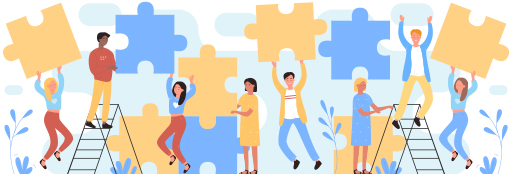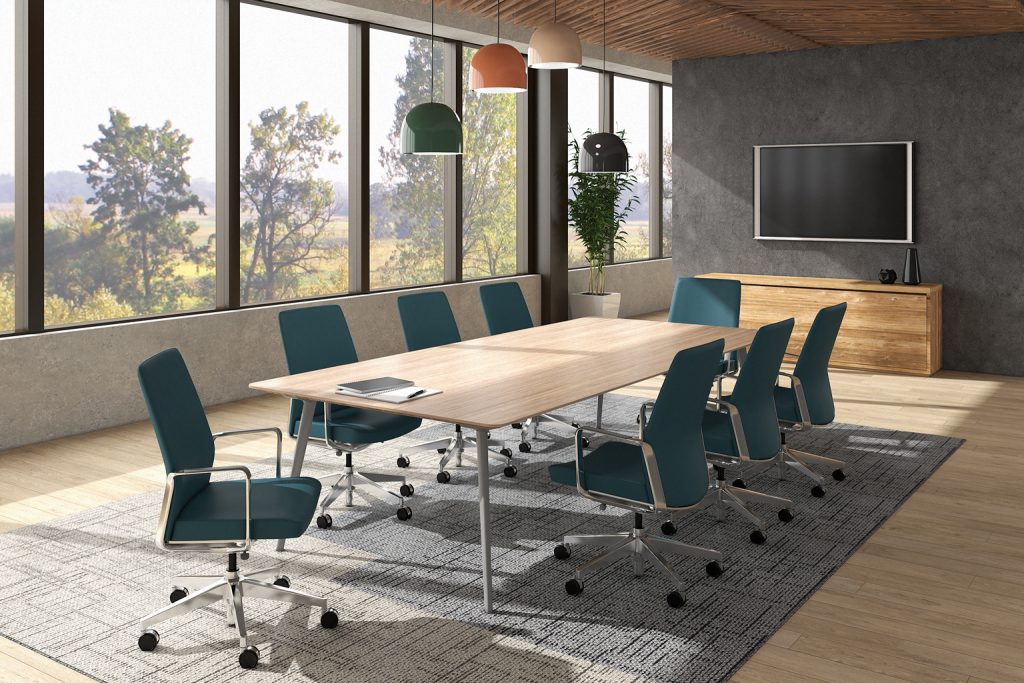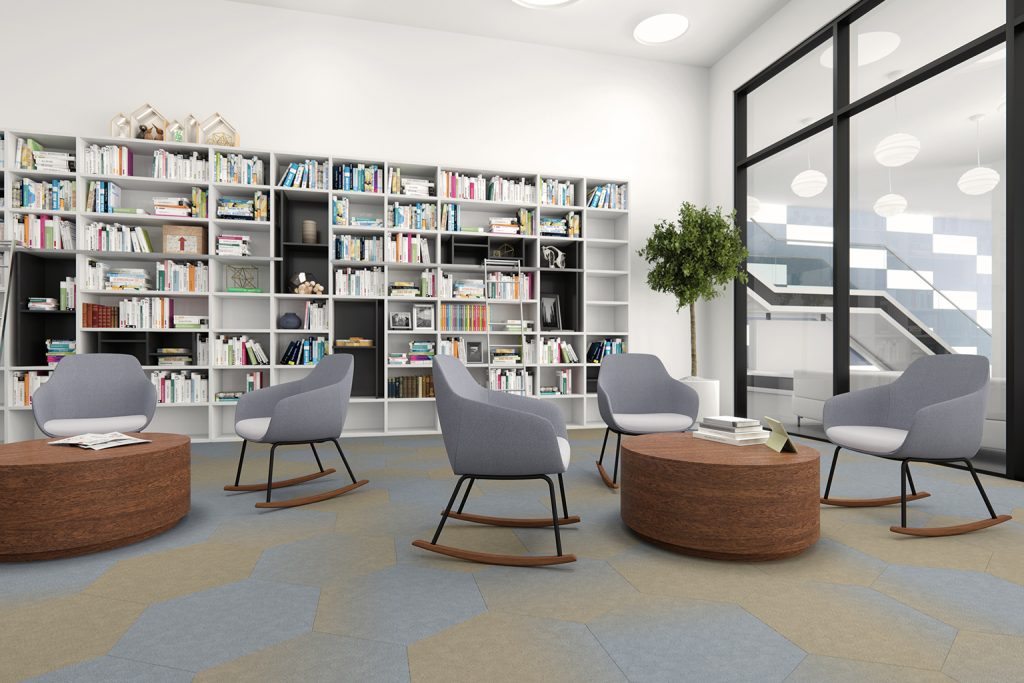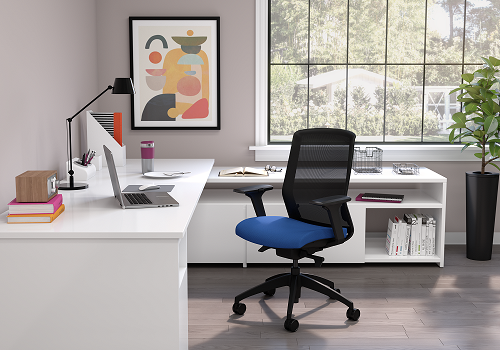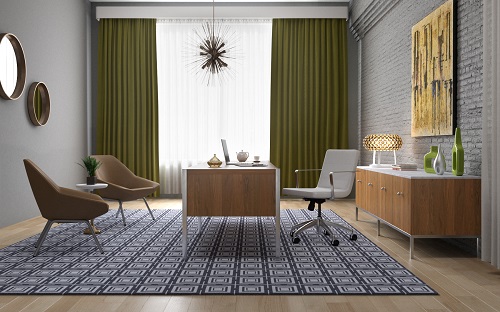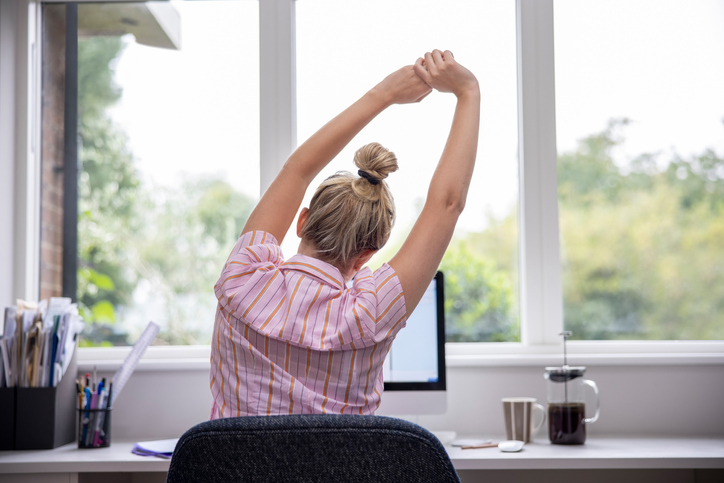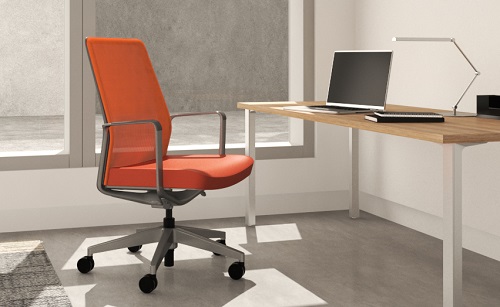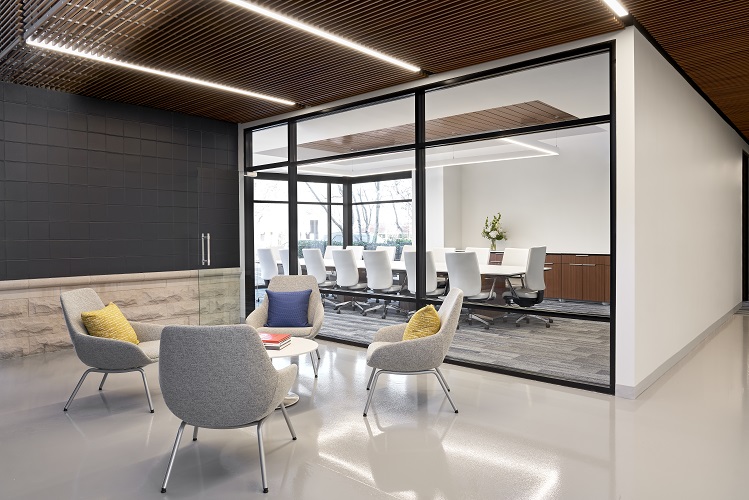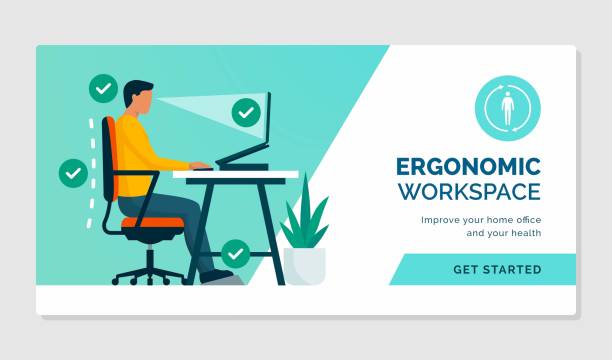
If you owned a factory, you would never allow a worker to operate a dangerous machine without safety shields in place. If you owned a trucking company, you would never send out a driver in a vehicle without brakes. If you owned a fleet of fishing boats, you would never let your fishermen sail without lifejackets.
So why would you let your office workers sit in old or unhealthy office chairs that lack proper ergonomic adjustments? A lot of time and effort goes into making offices look good, but are you paying enough attention to the health and wellness of your most valuable asset — your employees?
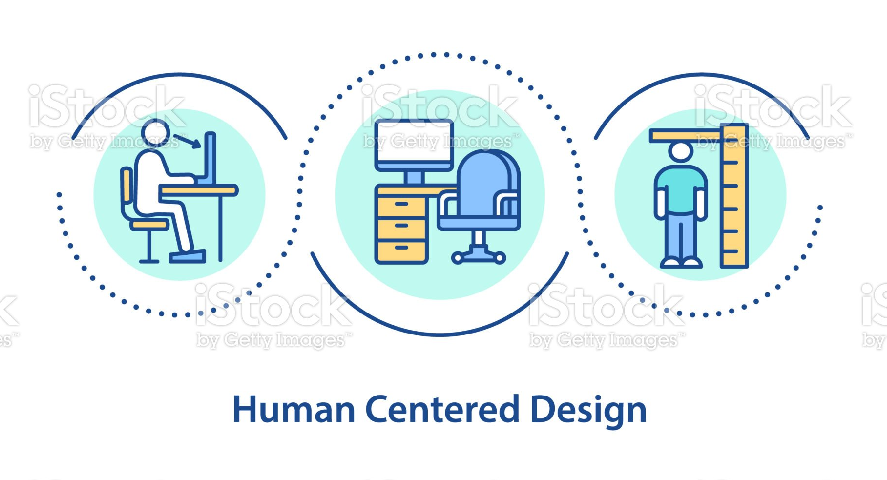
There are two aspects of a complete workplace well-being program. First, employers must look at the ergonomics of the office — the physical space, tools, furniture and office chairs you give employees to work. Second, employers must design and implement a comprehensive wellness program. Before we get into the details of these two key elements, let’s take a look at why it matters.
If you are on the fence about investing in the well-being of your employees, consider these facts:
- According to the Washington State Department of Labor and Industries, which reviewed 250 ergonomics case studies to reveal the impact of ergonomics on business goals like cost savings, productivity and product quality, companies that invest in the wellness of their workers see a 59% average reduction of musculoskeletal disorders; 75% reduction in lost workdays; 68% reduction in worker’s compensation costs and a 43% decrease in labor costs.
- Since Johnson & Johnson implemented an employee wellness program in 1995, the company’s leaders estimate that wellness programs cumulatively saved the company $250 million on health care costs in a decade and the return was $2.71 for every dollar spent.
- OSHA has cited that musculoskeletal disorders and ergonomic injuries to have direct costs of between $15 billion-$20 billion per year.
It is helpful to divide ergonomics and health and wellness programs into two related, but separate baskets. Think of ergonomics as the healthy space a company creates for its employees. It is the healthy thinking behind the space and the tools used by workers. Wellness programs give employees incentives, tools, social support, privacy and strategies to adopt and maintain healthy behaviors. Employers design them, but participating in wellness programs is usually the responsibility of the employee.
Ergonomics help employees stay more comfortable and ergonomic solutions can increase productivity by as much as 25%, according to multiple studies. Ergonomics is important because when you’re doing a job and your body is stressed by an awkward posture, extreme temperature or repeated movement your musculoskeletal system is affected. Your body may begin to develop symptoms such as fatigue, discomfort and pain, which can be the first signs of a musculoskeletal disorder. Musculoskeletal disorders (MSDs) are conditions that affect your body’s muscles, joints, tendons, ligaments and nerves. MSDs can develop over time or can occur immediately due to overload.
In addition to being a literal pain in the neck for the employee, ergonomic problems also cost employers a lot. The average direct cost of a workers compensation claim for an MSD is $14,120, according to the Oregon OSHA. The indirect costs involved bring the total average claim cost to well over $32,000.
A wellness program is any kind of organized activity in the workplace designed to improve and support the health and fitness of employees. Wellness programs could include fitness programs, health screenings and preventative care and include activities like stress management education, smoking cessation programs, exercise programs, weight loss competitions and wellness assessments.
About 64 percent of employers provide wellness resources and information and 58 percent of organizations offer wellness programs in general, according to the Society for Human Resource Management Employee Benefits Survey.
Employers can promote a healthier, more productive work environment by offering employees the means and the educational tools to take control of their wellness. A well-executed wellness program can reduce health care costs, augment productivity and increase employee retention, providing further support for the correlation between personal health and job satisfaction.
Creating a healthy workplace is a journey for most companies. It doesn’t happen overnight. But it doesn’t take much to get started either.
Take a look at your furniture. A good place to start is a review of your office chairs. The main feature to look for in an ergonomic seat is adjustability. The more that you are able to modify the chair, the better you can customize it to suit your individual needs. Look for a chair that supports your lower back. The seat pan — the part you actually sit on — should have enough width and depth to support the user.
Just because you are sitting does not mean the experience should be static. Active or dynamic sitting allows the worker to move while seated, which is important since the human body is not meant to stay stationary for long periods. Static seating can cause joint stiffness, circulation problems and back and neck pain.
Picking the right chair makes all the difference.

9to5 Seating’s lineup includes two best-selling European task chairs that certainly fit the bill. The company distributes HÅG Capisco and HÅG Capisco Puls, two chairs designed by Peter Opsvik that make perfectly blend movement and a comfortable seat. HÅG Capisco is fully upholstered and well designed for desk work. The HÅG Capisco Puls is plastic frame chair with upholstered seat or seat pad options, intended for shorter sits.
Because of its award-winning ergonomic design, the HÅG Capisco chair stimulates intuitive and natural movement in a variety of seated postures. You can sit on it with the seat back behind you or facing you. The wings on the back let you rest an arm while you meet with a coworker or simply need a new position. The innovative base is designed as a footrest and an optional ring makes sitting even more comfortable.

The 9to5 Seating Luna Collection is another great choice. The Luna Collection includes task, task stool, and side chair models, all built with comfort and movement in mind. All Luna models have a pull handle that makes them easy to move. They also feature a mesh back that flexes and adjusts as you move. An optional height-adjustable lumbar provides additional back support.

Another option is Sol. Sol is a task chair that seamlessly integrates technology and supports all the postures we assume as we read on tablets, text on phones, video chat or draw. A slim layer of upholstery or mesh cushions the back while allowing easy movement. Sol uses responsive pivot-back technology for total support regardless of how much you move. The pivoting back mirrors your natural posture changes, letting you settle in or sit up, or even move side-to-side.
With the right office chair in place, it is time to turn to the rest of the workstation. To improve workstations, make sure all the worker’s joints are properly aligned in the neutral position, the office chair is adjusted correctly, the back is supported and the computer monitor, keyboard and mouse are at the right height and aligned.
Ergonomics and wellness should be at the core of every company’s workplace strategy. Not only is it the right thing to do, but it will also improve productivity, save money and boost employee morale. You wouldn’t send a football player on the field without a helmet if you were the coach. Don’t send your employees to the office without protection either.




